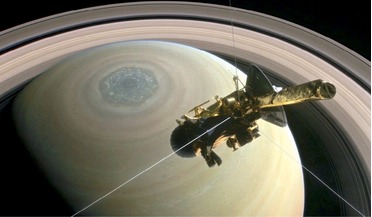 October 2017
Cassini observations open up Saturn’s atmosphere
October 2017
Cassini observations open up Saturn’s atmosphere
...the meantime, assets on Earth and in orbit (like the James Webb Space Telescope) will continue to observe Saturn to build on Cassini’s legacy of discoveries, while keeping a watchful eye on the northern summertime conditions as it evolves towards the...
 16 August 2021
Saturn's rings help reveal the planet has a "fuzzy" core
16 August 2021
Saturn's rings help reveal the planet has a "fuzzy" core
...-accretion models”, the authors write in their paper published in Nature Astronomy. This gradual distribution of heavy metals in Saturn’s core - a scenario more inline with recent accretion models say the duo – constrains mixing processes at work...
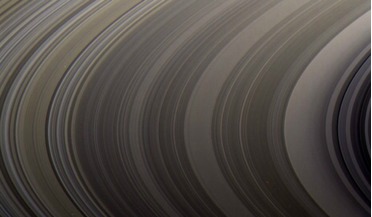 19 December 2018
Saturn's iconic rings are dying fast say scientists
19 December 2018
Saturn's iconic rings are dying fast say scientists
...have discovered that they are disappearing at an alarming rate. Saturn is not the only planet in our Solar System to ... rain' drains the equivalent of an Olympic-sized swimming pool from Saturn's rings in half an hour,” said Dr O'Donoghue, who works...
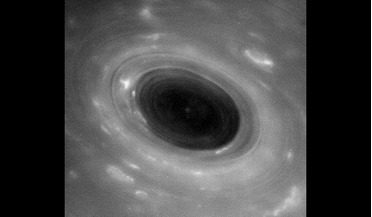 28 April 2017
Cassini's first dive between Saturn and its rings
28 April 2017
Cassini's first dive between Saturn and its rings
... Goldstone Complex in California's Mojave Desert. During this final chapter, Cassini will make a total of 22 dives between Saturn and its rings, as it loops around the planet approximately once per week. The spacecraft’s final act...
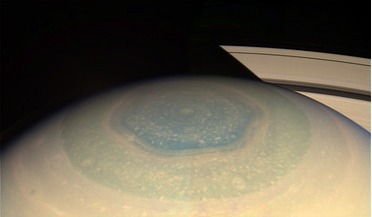 17 September 2018
Newly discovered vortex on Saturn could be part of a huge towering structure
17 September 2018
Newly discovered vortex on Saturn could be part of a huge towering structure
... 30 Earth years, so the winters are long,” adds co-author Sandrine Guerlet from Laboratoire de Météorologie Dynamique, France. “Saturn only began to emerge from the depths of northern winter in 2009, and gradually warmed up as the northern hemisphere...
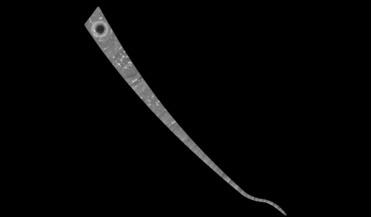 26 July 2017
Cassini finds surprises for Saturn's magnetic field
26 July 2017
Cassini finds surprises for Saturn's magnetic field
.... The discovery also means that the true length of Saturn's day is still unknown. The tilt, which has been... by currents flowing through liquid metal (or in the case of Saturn, liquid metallic hydrogen). These currents are sustained due to the ...